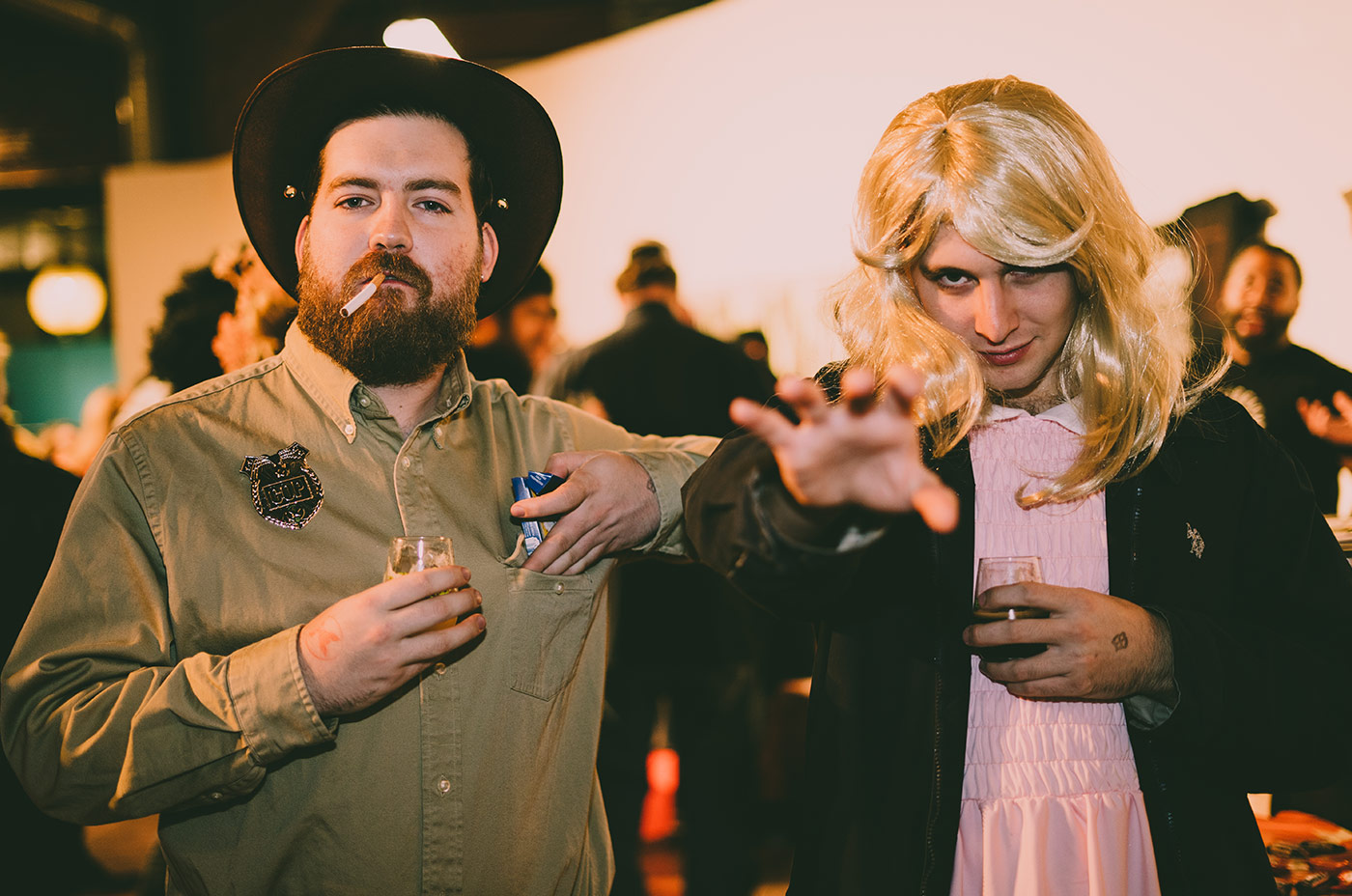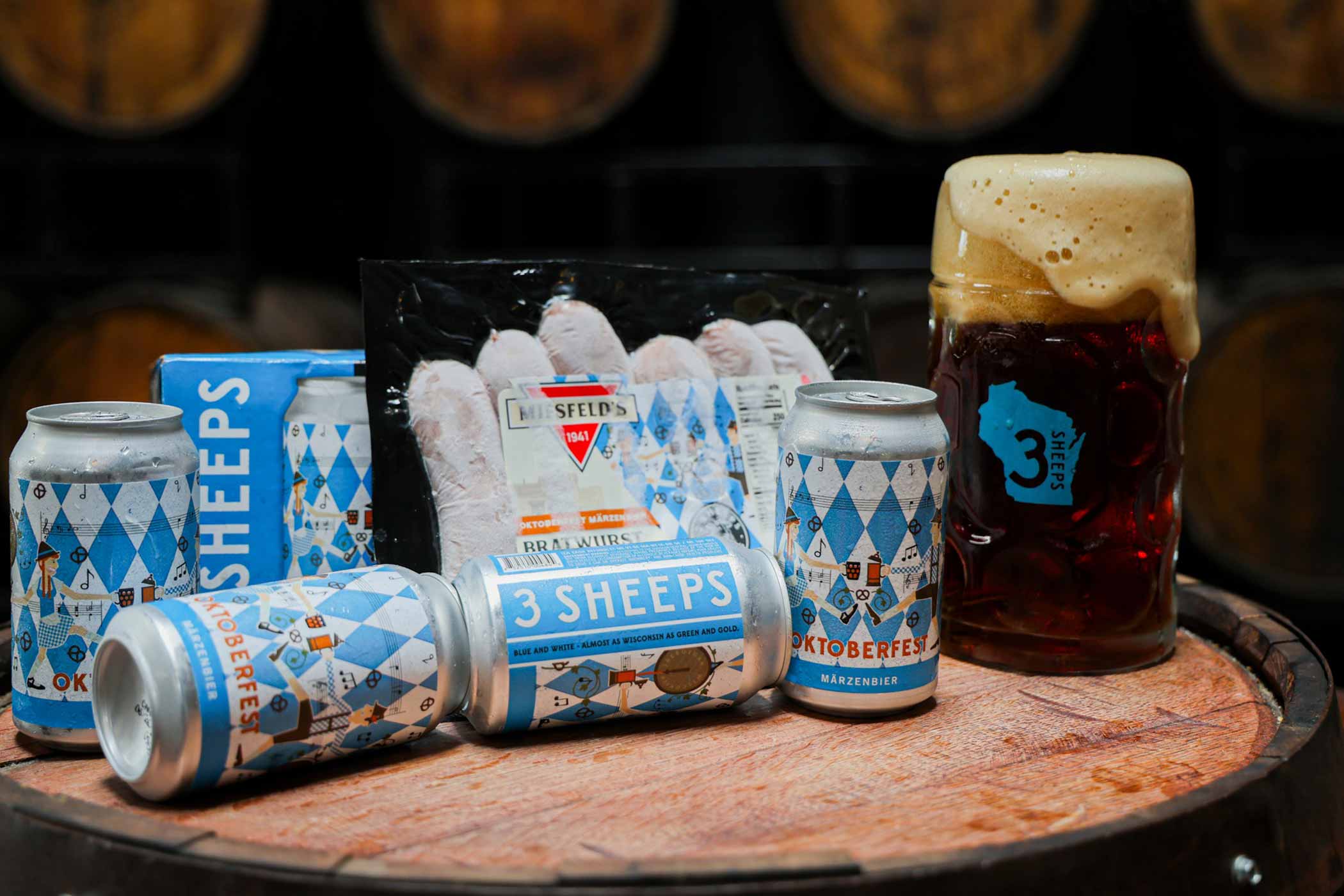Shop
Brewers Share the Scariest Stories of Their Careers
It was a dark and stormy night in the brewhouse!
Looking for More?
You forgot to check the ball valve on your HLT after sparging, and in the blink of an eye, you’ve made a mess rather than beer.
Someone dumps one spoonful of sugar too many into beer just before bottle conditioning, and the product over-carbonates.
No one gave the hops a good, solid whiff or even a casual glance, and browned, cheddar-scented pellets wind up in the boil instead of the trash.
The brewery newbie, unhealthily fixated on finishing their first brew day, starts chilling the wort without turning off the burner.
Well-seasoned brewers know these errors, if not from observation, then from personal experience; they represent just a handful of the countless oopsies, blunders, and cock-ups anyone can make on the job, from vets to trainees.
That common ground amounts to a lot of nothing for whatever poor souls commit goofs like these, of course. No one wants to fumble the bag. No one likes being that guy. Frankly, making a mistake, no matter how big or small, can be downright terrifying—even, in rare cases, disastrous.
On one side of the brewhouse, the craft beer world looks easygoing and carefree. That’s partly true; if making beer and sharing it with appreciative, thirsty customers wasn’t fun and didn’t provide nigh-unbeatable job satisfaction, then none but society’s most masochistic and antisocial souls would bother doing it in the first place.
But all the fun of serving and drinking beer necessitates hard work, toil, trial and error, and more than a few owies, and when a brewer loses focus or gets distracted, their lapses can turn a batch of fermenting beer into the stuff of nightmares.
October, of course, is the time of year when we let our spooky flags fly. So we at Hop Culture rang a few brewers to ask them: What are their scariest campfire tales from their years hanging around mash tuns and conditioning tanks? The answers might get your skin crawling, your goosebumps rising, your hair raising, and your pulse pounding. It’s all in the spirit of the season.
Editor’s Note: The following spine-tingling accounts are presented in the first-person, as their sources relayed to Hop Culture. We edited for clarity.
Hop Culture Shares the Scariest Moments of These Brewers’ Careers
Lauren Hughes – Head Brewer, Necromancer Brewing
Pittsburgh, PA
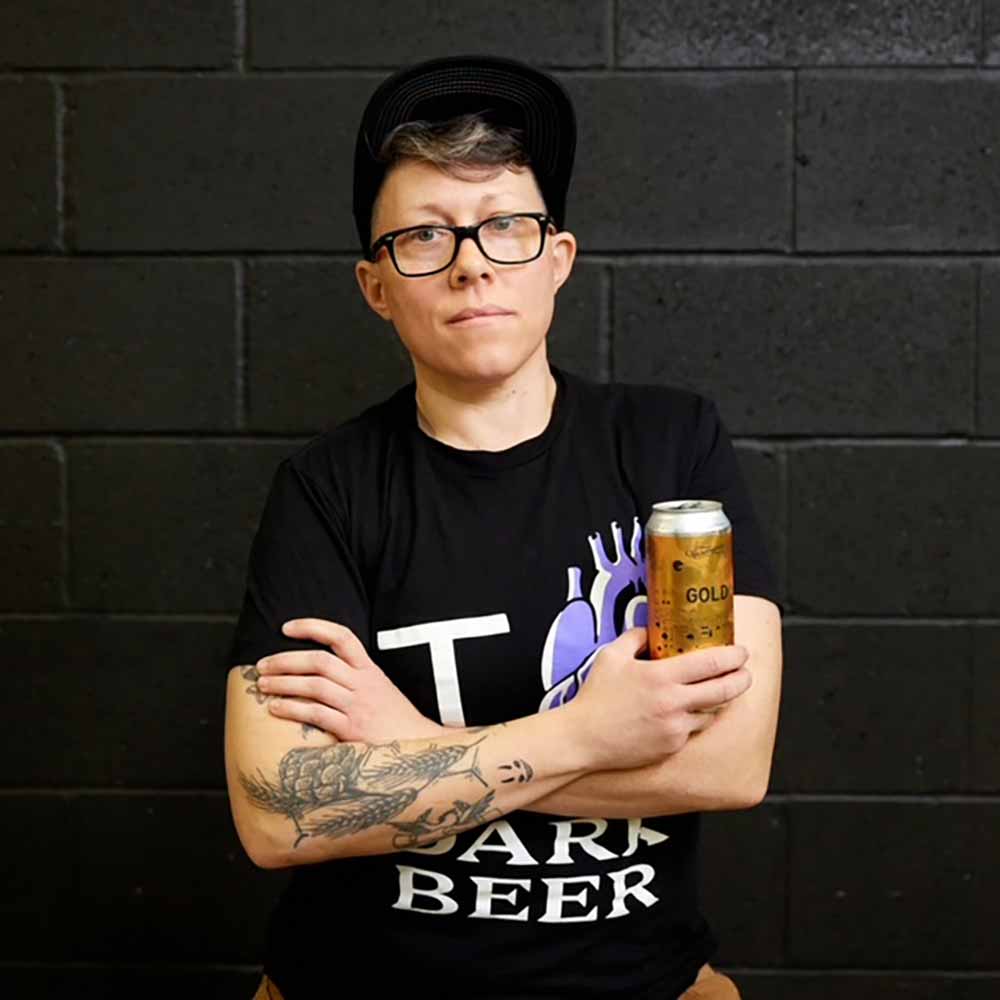
Photography courtesy of Necromancer Brewing
For the scariest moments, I would say,
1) When we first opened our doors at Necromancer. It was right in the midst of the pandemic, and here we were, opening a brewery. I was worried no one would show if the beer would be well received and all of those emotions that come before your first day.
2) Another scary moment: We have an electric brewhouse with some heating elements in the kettle. Long story short, we must have had something go array with the electronics that caused the heating element to stay on even when turned off. I didn’t realize this was going on until I was in the midst of a CIP [Cleaning In Place] when I was about to put acid into the kettle. I opened the manway and looked down, and the element was glowing nuclear red. It was a pretty scary experience, but luckily – we figured it all out, and it was fine! Good thing I didn’t toss that acid in!
Teo Hunter – Co-Founder & COO, Crown & Hops
Inglewood, CA
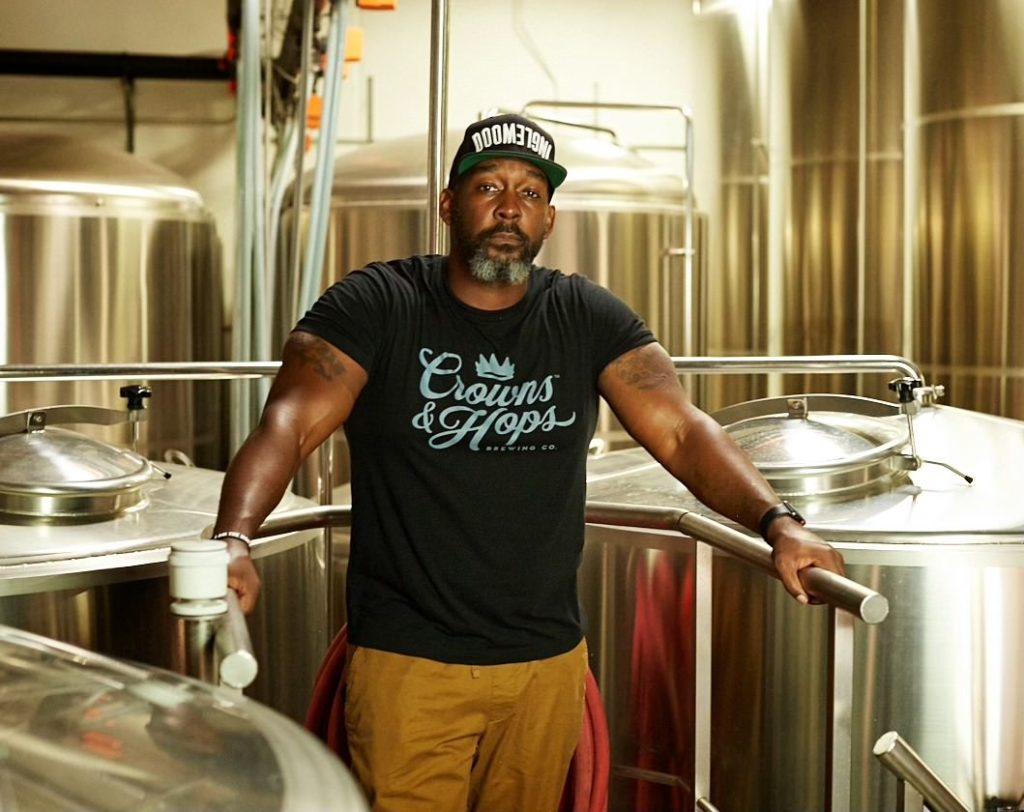
Photography courtesy of Crowns & Hops
One of the scariest times in the Crowns & Hops journey was the first time we did a guided tasting of our stout. Everyone in the crowd was super excited to taste one of the first beers ever from Crowns & Hops. The beer was called Urban Anomaly, a 6% ABV crushable stout intended to be the “Guinness Killer.”
As I talked about the meaning of the beer name, as I discussed the idea of the beer being a lower ABV yet full of flavor, the crowd took a sip. The stout was void of adjuncts except for lactose.
Just as the word “lactose” left my lips, I heard the most chilling gasp from the crowd. Our tasting had a vegan, and I failed to consider it. He was mortified and livid that I would wait to drop this bomb-of-a detail until the end of the tasting. I was completely devastated that we let one of our new craft beer fans down.
I apologized profusely.
Our new vegan craft beer fan was pretty awesome; he forgave us for the non-vegan-friendly liquid.
Ever since then, we have excluded lactose in all of our recipes to stay as vegan-friendly as possible. You can taste the remix of this stout at the beginning of November when we release Santa Slays Stout. We think our 6% ABV maple, vanilla, and pecan stout absolutely slays without the lactose.
Steven Gabardi – Co-Founder, Hopothecary Ales
North Reading, MA
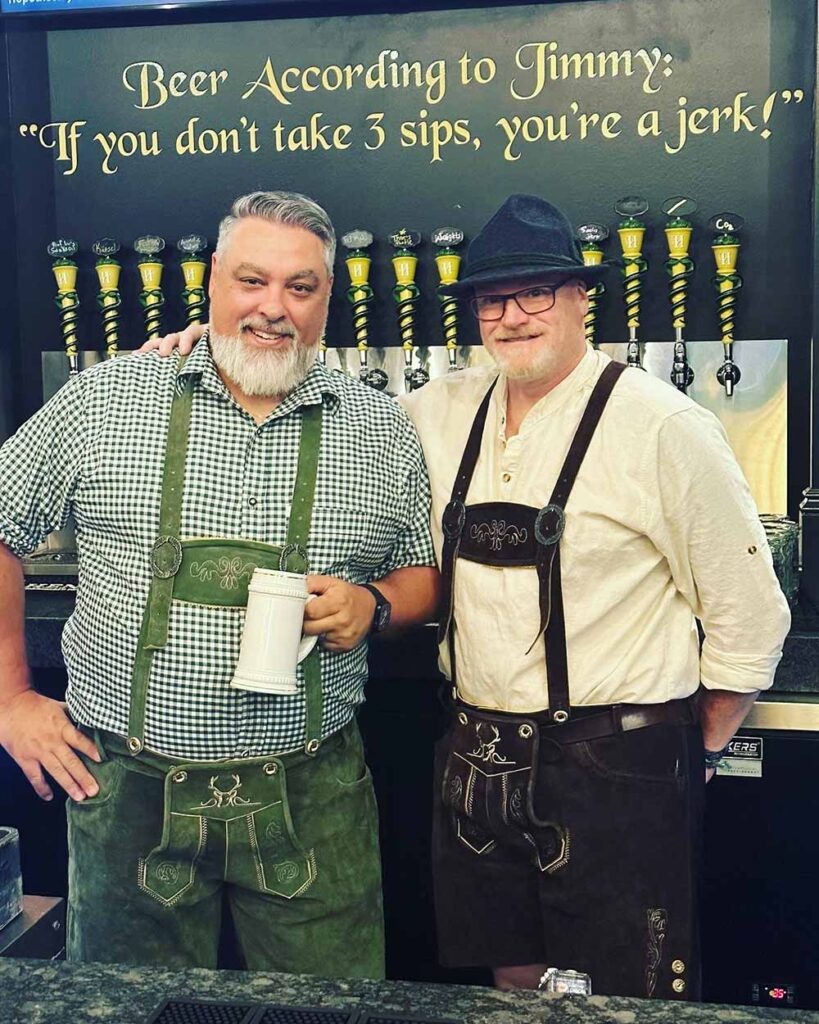
Photography courtesy of Hopothecary Ales
Two things come to mind for us:
1) Building the brewery during the pandemic in 2021, we waited over six months for a window (it was a big window) to be built (three months) and then delivered (more than three months due to a shortage of drivers). It was the only thing keeping us from opening, and the town would not make an exemption for us (it was a window to our four-season porch area that could be shut down from the rest of the brewery with a garage door).
2) The first week we got permission to brew, Kevin [McComiskey, Brewmaster] filled all of our fermenters in a week due to crazy days and nights of brewing. After packaging our first beer, he thought he was opening a valve on the one empty tank we had, but he opened the valve on a full fermenter and spilled six barrels of beer on himself and the floor before being able to shut the valve (on a ten-barrel fermenter).
Scott Perry – Owner, East Regiment Beer Company
Salem, MA
Daily constant rise of operating costs threatening the industry as a whole.
Also navigating the planning process with licensing and property stuff not always lining up.
Brett Taylor – Co-Founder & Head of Brewing, Wild East Brewing
Brooklyn, NY
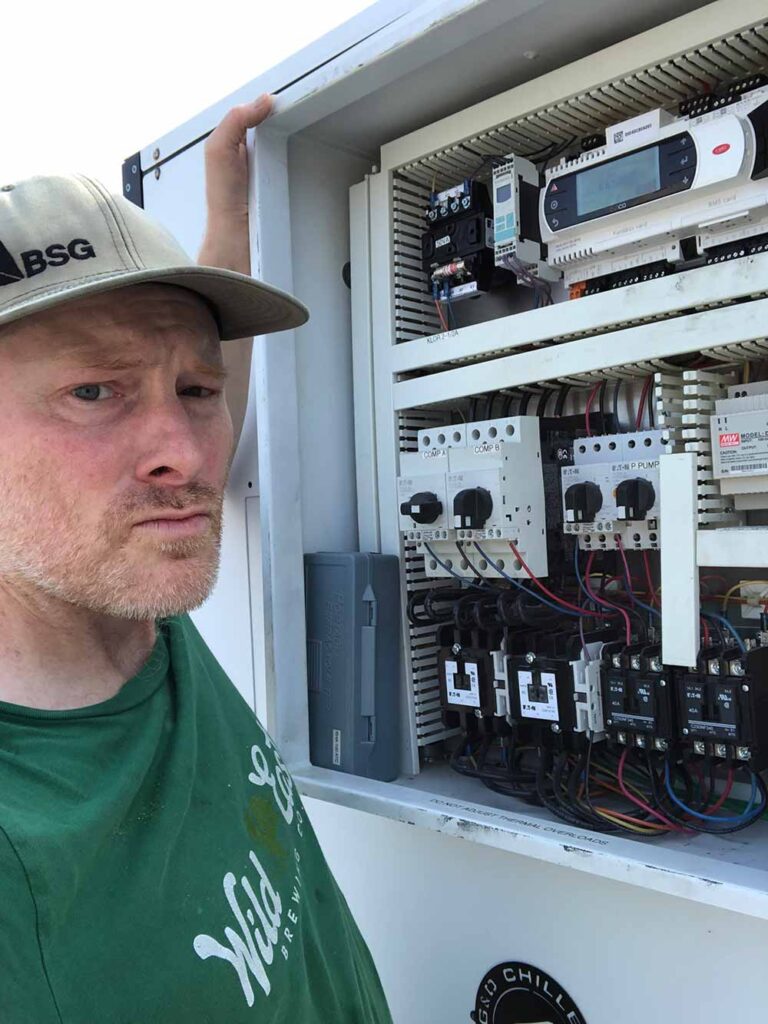
Photography courtesy of Wild East Brewing
It was a dark and stormy night…
Lightning cracked overhead while rain overflowed the gutters. The only thing hotter than the tropical New York City night was the IPA wort flowing into the heat exchanger. The lights flickered as the brewer carefully transferred his wort to the fermenter and set the temperature to 65°F. Suddenly, the front-of-house team called to him for help. There were flash floods, and the taproom flooded! After hours of cleanup, the exhausted brewer braved the elements and returned home to his dry bed.
The bright sun told no tale of the previous night’s terror the next morning. The brewer was delighted, if a little surprised, to see his last day’s work bubbling aggressively in the blow-off. He checked the temperature; it said 85°F! Eighty-five degrees Fahrenheit! Frantically, he climbed to the roof and checked the glycol unit. The pump…was dead.
Murphy Johnson – Co-Founder, Director of Creative & Product Development, & Vibe Curator
St Paul, MN
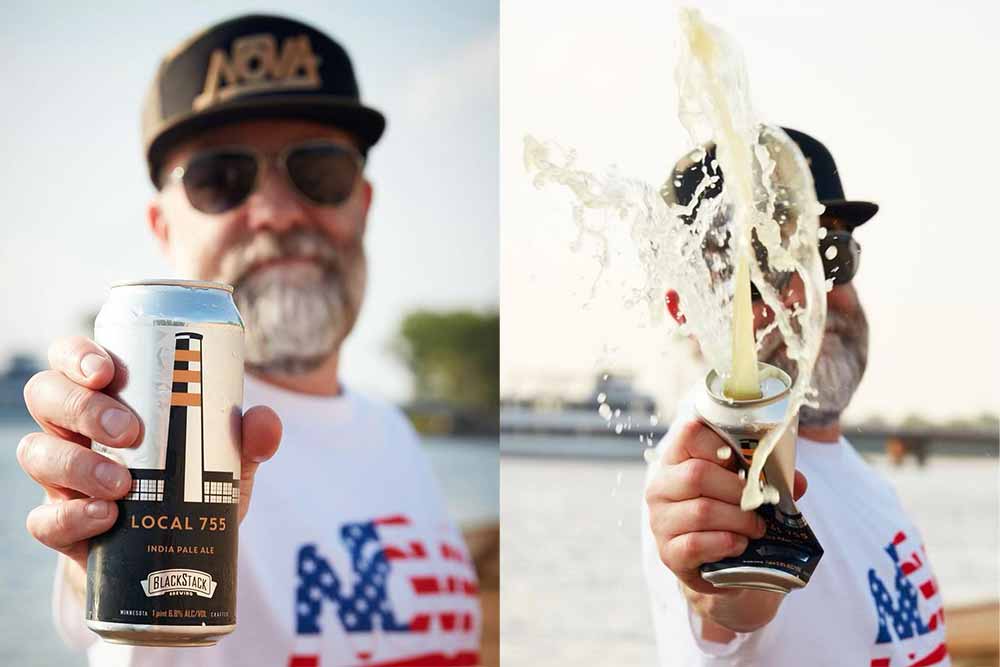
Photography courtesy of @blackstackbrewing
My scariest moment in brewing was many, many moons ago before we got a scissor lift and an extremely heavy valve for the dry hop ports on top of our fermenters.
I was wrapping up a late brew and realized I had forgotten to dry-hop a beer earlier in the day. We’d had some issues with our boiler, so I was getting ready to leave after an extremely long second shift around 2 AM. We were dry hopping during primary fermentation & had a pretty substantial dry hop charge going in—in essence, playing with fire every time we added the first dry hop.
The hops going in can catalyze an extremely violent reaction that creates a geyser if the dry hop port isn’t covered. (If you’re unfamiliar, YouTube contains multitudes of these videos.) Once a geyser starts, very little can be done until the fountain has exhausted itself.
I started to feel a rush of CO2 while on top of this eighteen-foot ladder at the top of the tank, and I was struggling to get the gasket settled for the dry hop port cover to make an airtight seal. I was having an extremely difficult time with it because the CO2 rushing out was making it extremely difficult to catch a breath & I lost my grip on the 6” cover for the port.
The built-up pressure shot it out of my hands, ricocheting off the ceiling & onto the floor below. At this point, there’s not a whole lot you can do but get cover for the port sanitized/ready to put back on when it dies down & watch the show.
The geyser starts—like, a full-ass geyser. A straight line of fermenting beer, yeast, and hop material shoots out of the top of the tank in a straight line into the ceiling, ricocheting & covering my entire body & the floor below. After letting the stream of stickiness subside and getting the port cover back on, I drove home to shower and change before coming back for many, many hours of cleaning the ceiling, the fermenter, and pretty much everything else in sight. Definitely not my proudest moment at the brewery, but a lesson learned—and certainly the moment that scared me the most s**tless.

